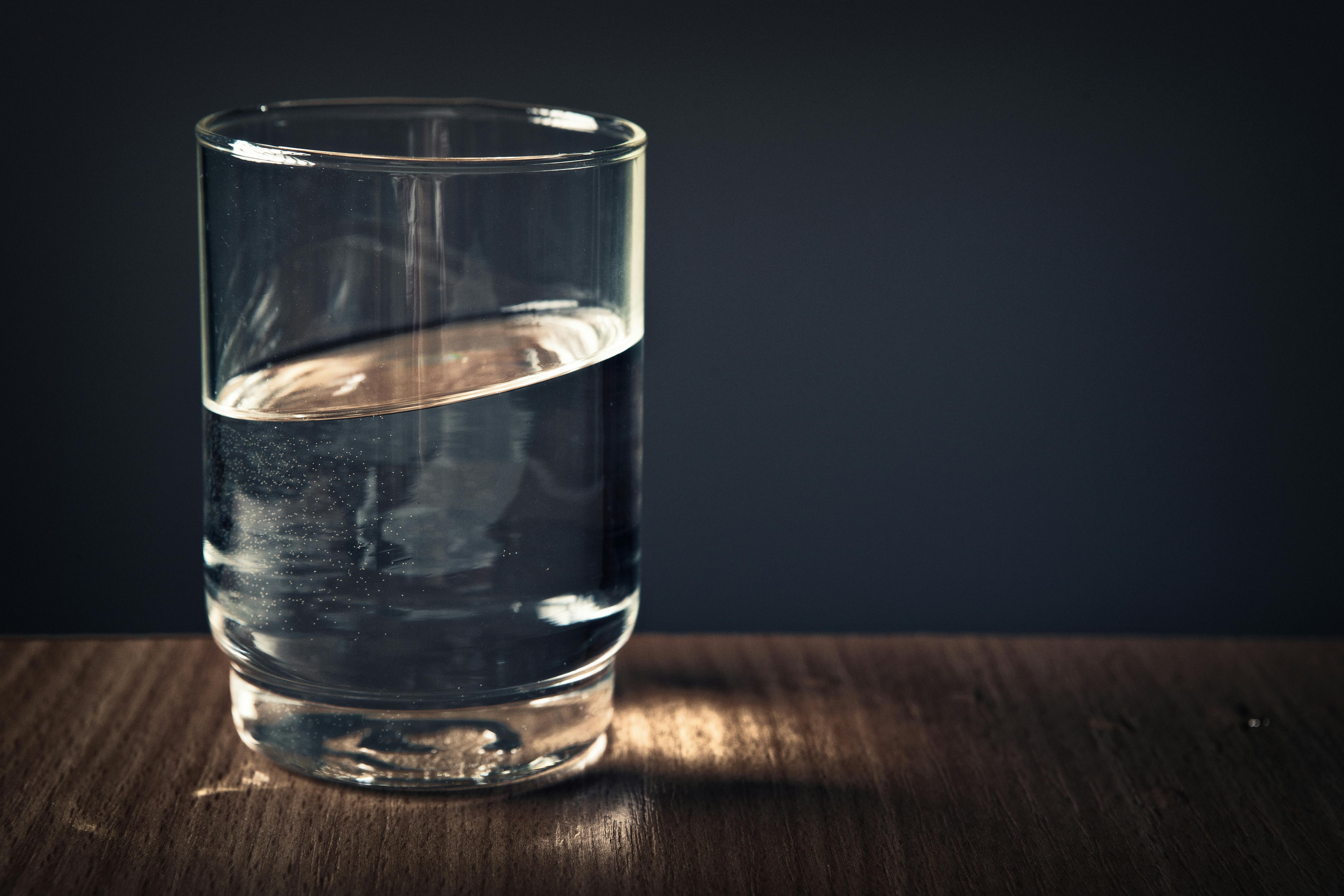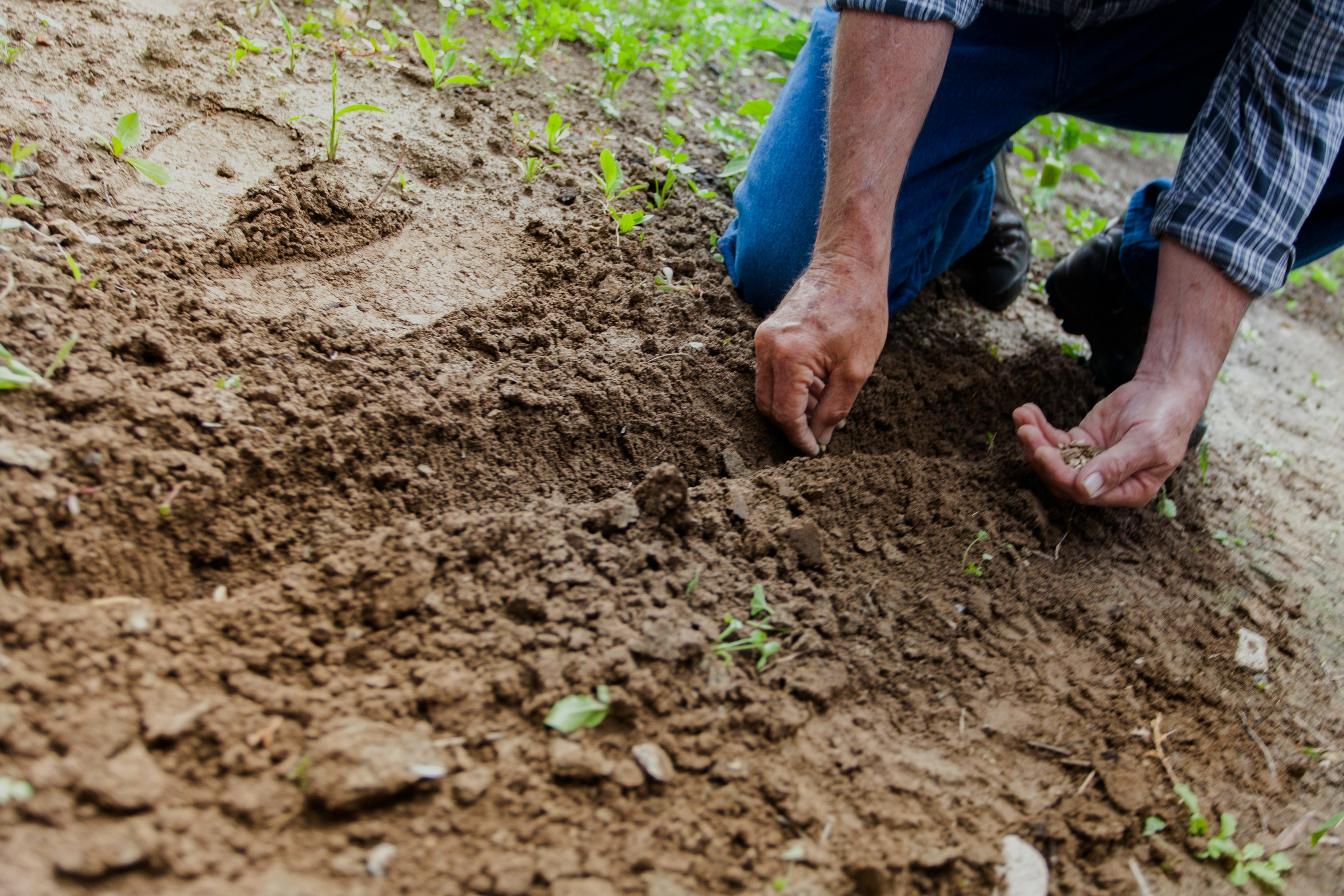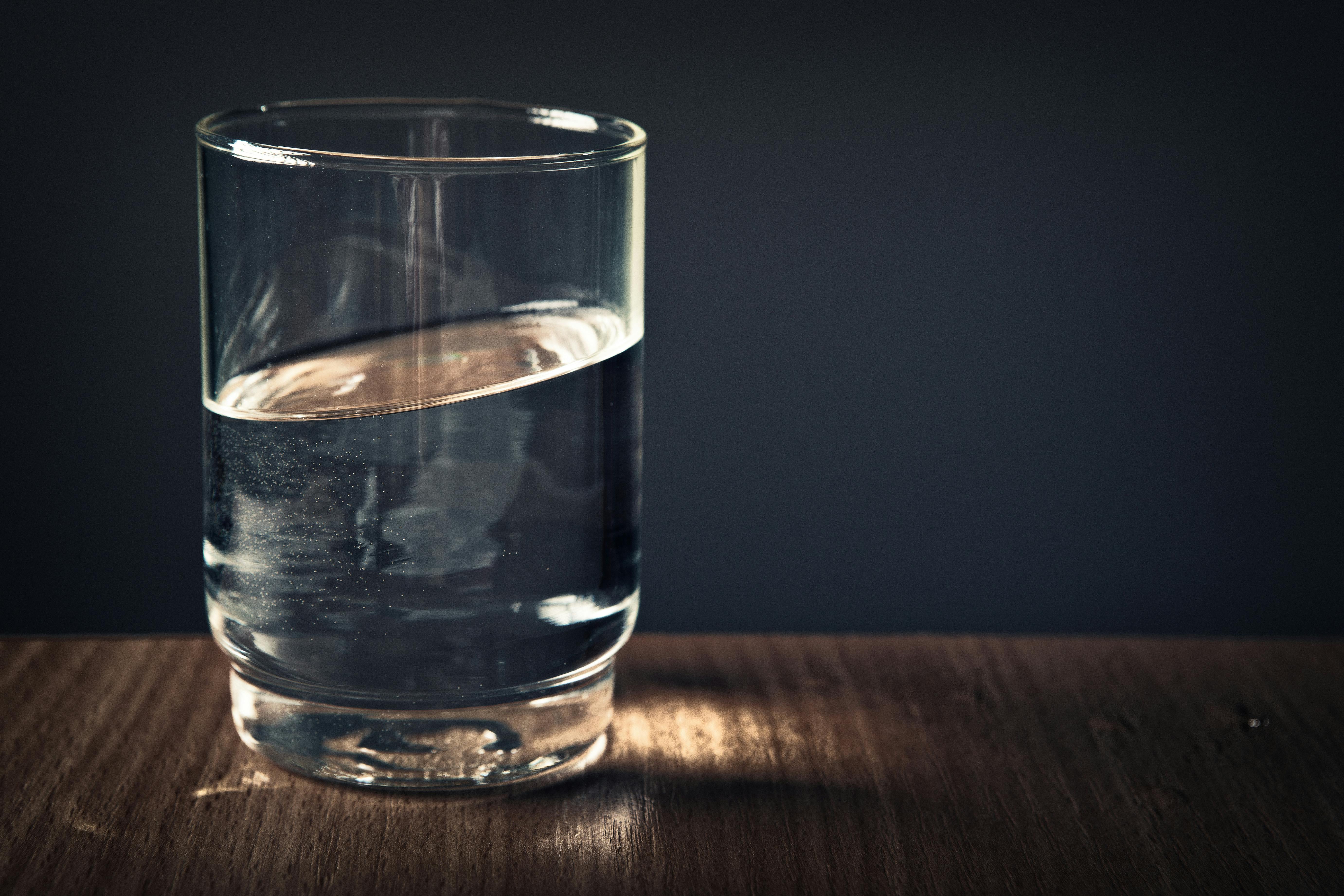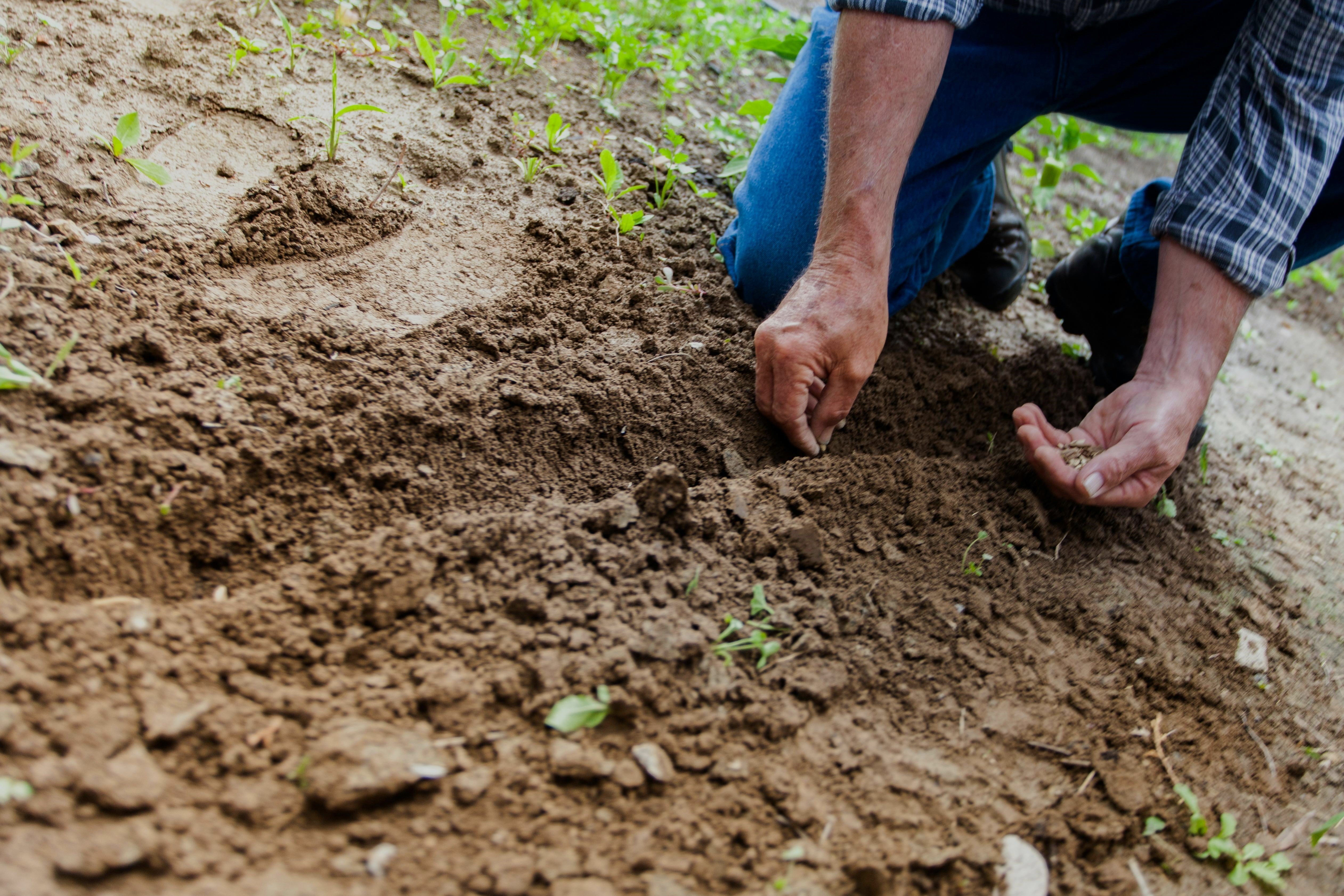23/04/25
Real Hydration: It’s Not Just About Water

W
e’ve all been told to “drink more water.” It’s the wellness world’s golden rule. But if you’ve ever actually tried to hit your eight-glass-a-day target and still felt tired, foggy, or dry-skinned — you’re not alone. Hydration is a lot more nuanced than we’ve been taught.
Your body is made up of around 60% water, but that doesn’t mean it’s hydrated.
Hydration isn’t just about how much water you drink — it’s about how well your body can absorb and use that water. And that process starts at the cellular level. For water to enter your cells, it needs the help of electrolytes — minerals like sodium, potassium, and magnesium. These minerals create the electrical gradients that shuttle water into your cells and allow your body to put it to good use..
Without them, water can move through your system without ever really hydrating you. You might be drinking plenty, but if those minerals are missing, your body may not be able to use the water effectively. In some cases, drinking too much plain water can actually dilute the minerals in your blood. This condition — called hyponatremia — can leave you feeling bloated, foggy, or just... off.
That’s because your body speaks in subtle symptoms, long before you feel thirsty. You might notice brain fog, dry lips, skin that feels tight or dull, lingering headaches, constipation, or lightheadedness — especially when standing up too quickly. These are signs that hydration isn’t landing where it matters most: inside your cells.
Thankfully, nature gives us more than one way to hydrate.
You don’t have to rely on just water. Adding a pinch of mineral-rich salt to your glass can improve water retention and support cellular uptake. Eating hydrating fruits like cucumber, melon, and citrus delivers water alongside vitamins and minerals. Coconut water, herbal teas, and even bone broth offer a softer, more complete way to replenish your system — especially after sweating, caffeine, or alcohol, which can all deplete fluid and minerals.
And then there’s your skin — a direct reflection of your internal hydration status. Your body prioritizes internal organs first, so the skin is often one of the first places to show signs of dehydration. That tightness you feel after cleansing, the flakiness that won’t go away, the sudden appearance of fine lines — these may not be just cosmetic concerns. They’re clues from your body that your cells are dry.
Topical hydration helps here, too. It supports your skin barrier — the outer layer that protects you from environmental stress and keeps moisture in. Misting with botanical hydrosols throughout the day, layering oils or balms over damp skin, and reapplying hydration after sun, wind, or screen time can all help replenish moisture and support skin health from the outside in.
Hydration doesn’t need to be complicated. But it does need to be intentional. Whether you're sipping mineral-rich water or misting your face with botanical steam, hydration is a ritual — and your body (and skin) will thank you for it.




Leave a comment
This site is protected by hCaptcha and the hCaptcha Privacy Policy and Terms of Service apply.